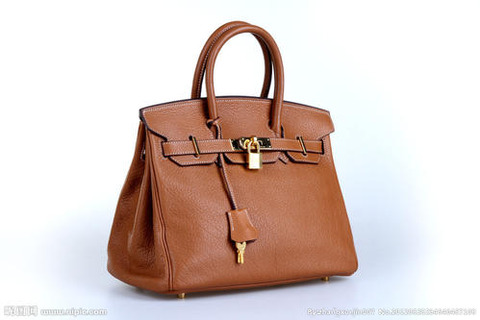As bags and purses had established their purpose as an essential accessory during the 1940s, the importance of their role continued to progress into the following decade. By the 1950s, it was generally accepted that women would complete their attire with a suitable handbag. Indeed, there were many social conventions dictating which purse would be the ‘correct’ one to complement particular outfits. Conventions even existed on how to hold ones handbag in conjunction with the body.
1950S HANDBAG HISTORY
The language of clothes is not devoid of complexities, be they subtle or more obvious. Throughout history, clothing has been utilized as a visual tool to convey social standing, rank, occupation – and of course wealth. By the 1950s, handbags were finished with the logo or label of the denoting fashion house. This bestowed the wearer with the ability to visually convey their knowledge of fashion — and indeed their personal wealth.
In the 1950s social standing was of the upmost importance. Economies were recovering from the effects of WWII. As such, domestic life was expected to portray the image of ultimate perfection and homey harmony.
While many women entered the workforce during WWII, 1950s attitudes towards the role women were expected to fulfill regressed. Women were encouraged to marry and become the epitome of the perfect housewife. This role not only included taking care of the home and husband, but also presenting an immaculate personal appearance. The 1950s housewife was expected to portray the image of domestic bliss – in her perfectly set hair, polished fingernails, coordinating clothing, and of course – the status handbag.
1950S FAMOUS HANDBAGS
Perhaps the first ‘status handbag’ was the now famous Chanel 2.55. After being in retirement for over a decade, in 1954 Chanel reopened her fashion house. In keeping with her stylish yet comfortable aesthetic, the label produced classic designs with a boxy silhouette. The 2.55 handbag was created in February 1955 (hence the 2.55 title). The bag was made of padded and quilted leather or jersey, in a handful of neutral tones. Chanel chose to incorporate her logo on the inside of the bag within the lining, although the bag was instantly recognizable as a Chanel by its design alone.
As in today’s times, a handbag could only reach a certain status due to a combination of factors. If a purse is beautifully made from the finest materials but nobody knows about it, then the purse will be unlikely to amass a great profit. However, if the purse is advertised effectively to the correct audience, it will be more likely to become a success.
In the 1950s, there was an abundance of glamorous celebrities gracing the covers of magazines, newspapers and movie theaters. In 1956, Grace Kelly was pictured holding aloft her classic Hermes bag (with speculation that she utilized it conceal her pregnancy). Thereafter, the Hermes travel bag became known as the Kelly bag.
The Belly bag was large structured leather square-ish bag, with rounded corners and wider base supported by small feet in order to preserve the leather on the bottom. It also had a thin handle strap.
Similarly, Jacqueline Kennedy Onassis favored her Gucci shoulder bag, causing Gucci to rename it the ‘Jackie’ bag in the 1960s. It is often considered the birth of the hobo bag with rounded corners and a short shoulder strap held just under the armpit. She had several in solid and two tone patterns — perfectly complimenting her many fashionable clothes.
This craze for social acceptance continues to this day。
Get the latest Women's and Men's clothes fashion online. Shop this season's collection of clothes, accessories, shoes, jewelry, watch, beauty and more. Discover the latest trends in technology products, consumer electronics and gadgets

评论
发表评论